15 Interesting Crab Facts You Never Knew
Love crabs? Of course you do! And you'll be pinching yourself when you read some of these shell-binding crustacean facts!
Sure, everyone loves giraffes and sloths and kittens. But have you ever stopped to think of all those hard, scuttling creatures that never seem to get the attention they deserve? Well crabs are a great example of why those animals matter! Sure, they may not be cuddly, but crabs are really important for live on Earth and are mind-blowingly cool creatures. So dive in and take a sideways look at these fascinating fun facts about crabs!
Oh, and whilst you're here take a peek at these snail facts, have a laugh at these insect jokes, or even take this quiz and find out what animal is most like you!
1. Some crabs are older than the Dinosaurs
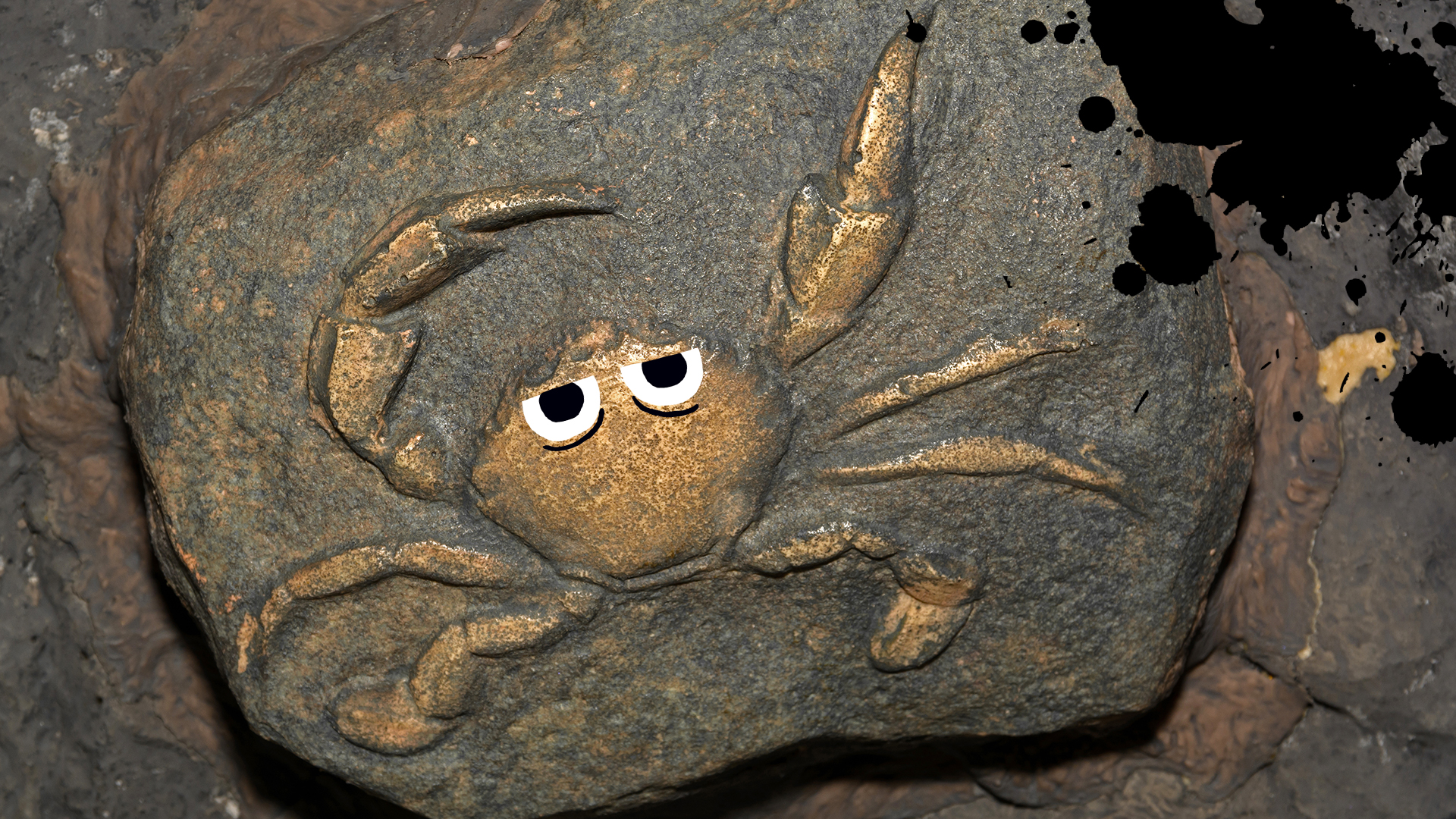
The first crabby creatures emerged way before the dinosaurs. The oldest of these include the Horseshoe crab, which turned up around 450 million years ago. Amazingly, these animals are still alive today... But more on that later! Crabs survived the dinosuars and their extinction, and have over time grown to be the pinchy critters we know and love today.
2. There are LOTS of crabs
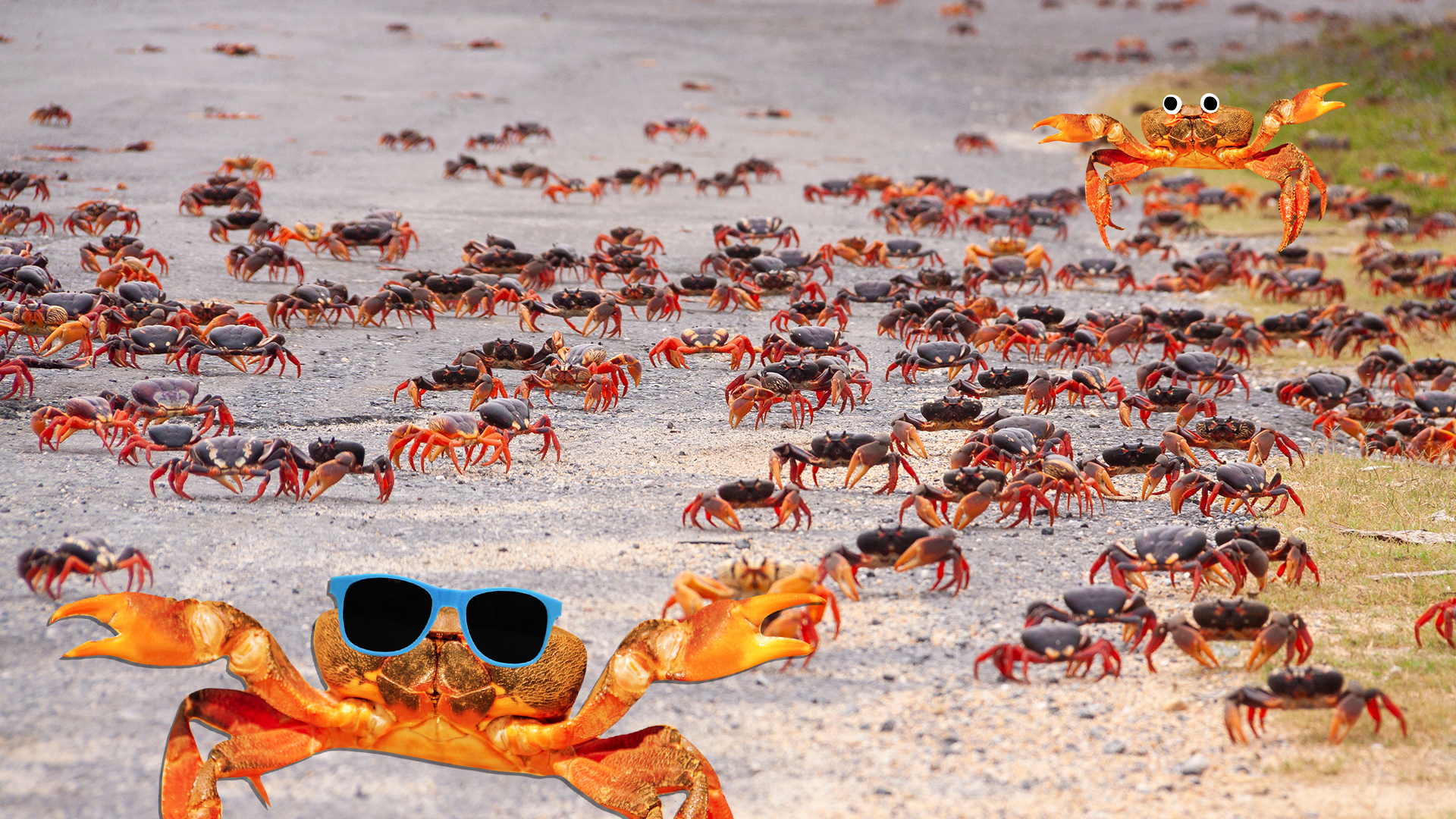
You can find crabs on every continent on Earth - or at least the waters around them, as is the case with Antarctica. There are so many species of crab we actually don't know how many there are - and scientists keep discovering new species. We estimate there are about 10,000 species of crab on Planet Earth! So next time you see one, take a photo - if it's a new one maybe you can name it after yourself!
3. The award for smallest crab goes to...
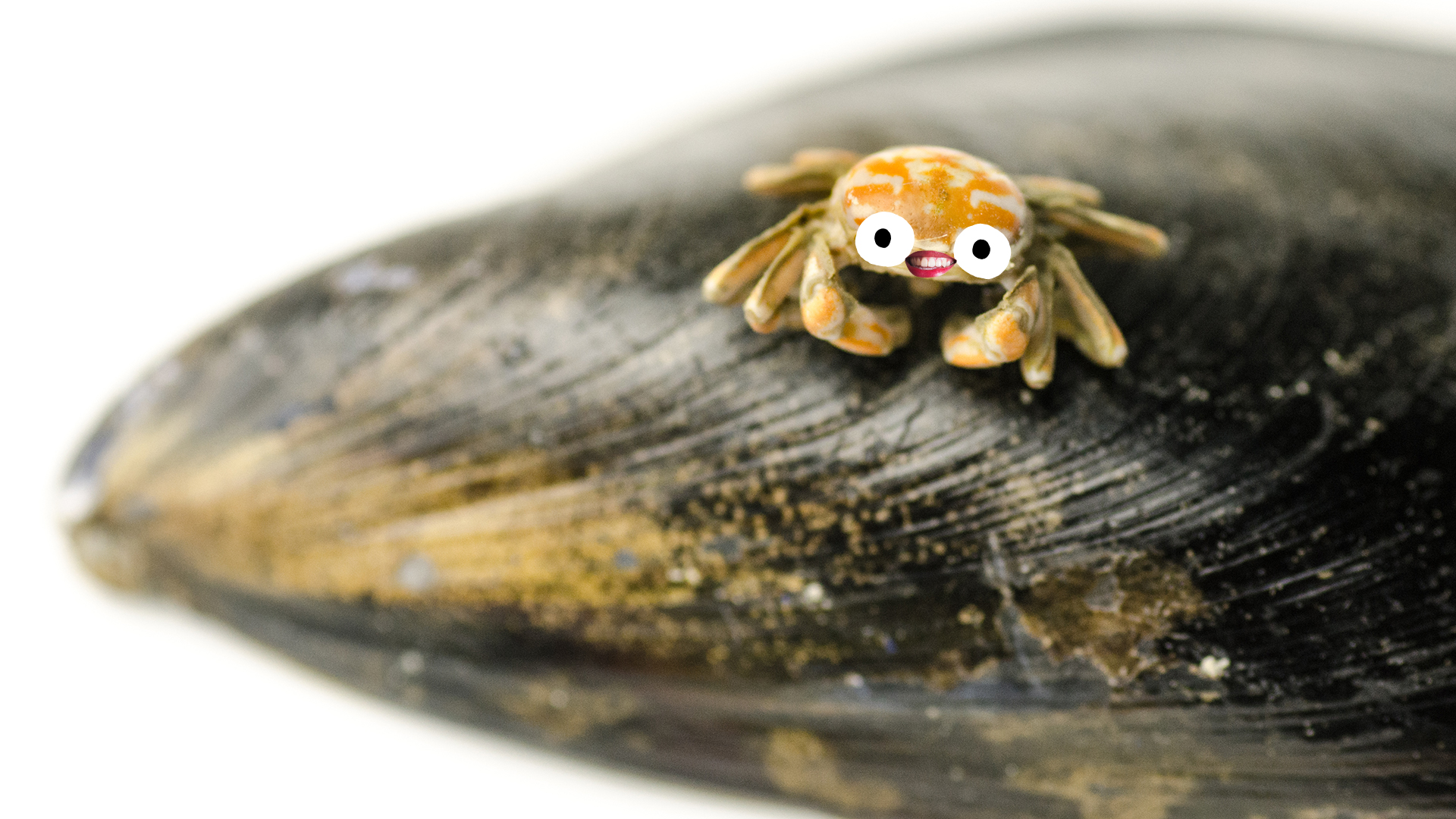
...The pea crab! Pulling up at only about 10mm across. Wonder how it got it's name? Well it's about the same size as a pea! Whoever names these crabs could really be a bit more imaginative.
4. The award for biggest crab goes to...
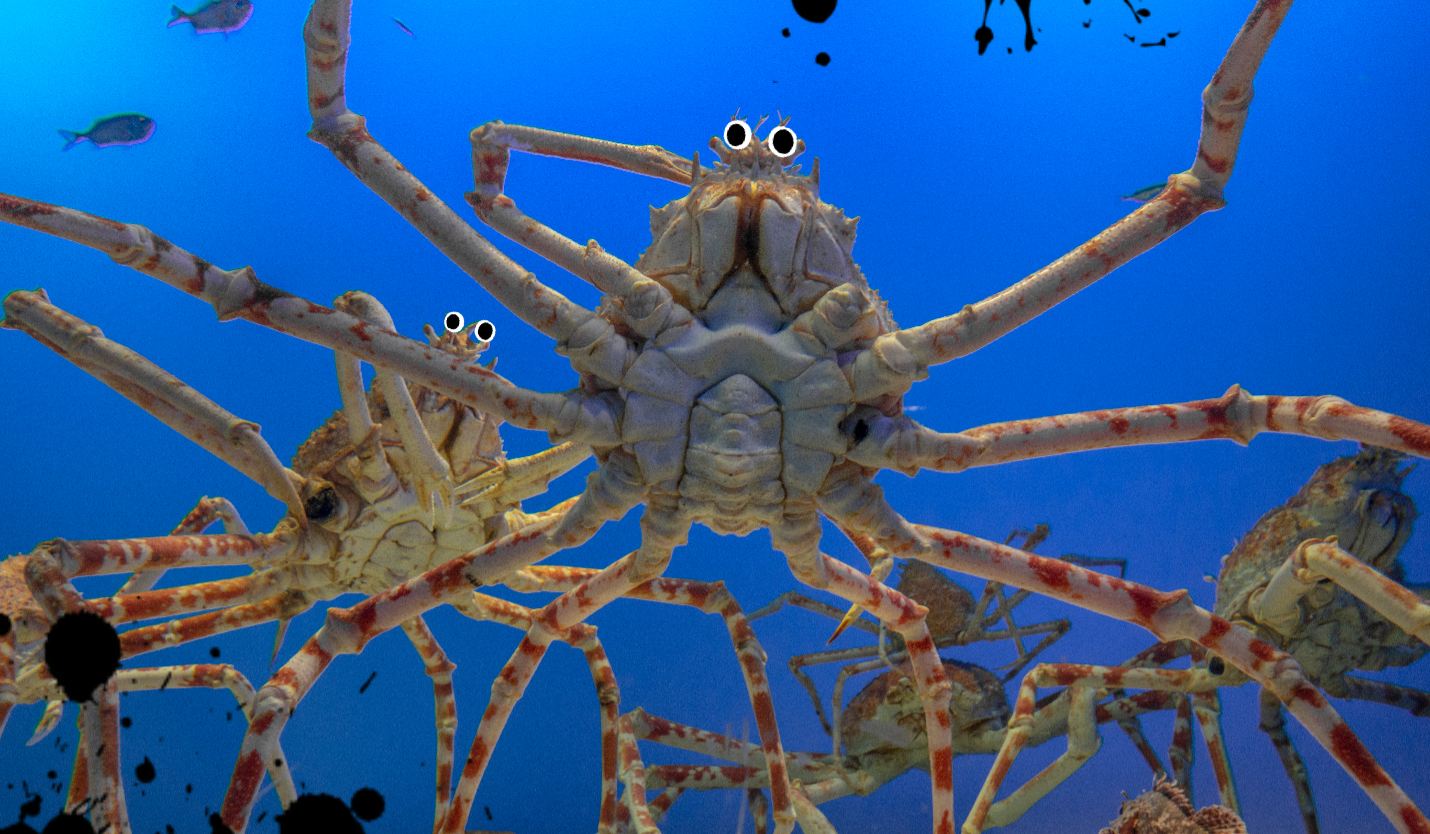
The Japanese spider crab! This fearsome looking beast (don't worry - it's totally harmless) lives in the seas around Japan and Taiwan, and can grow to a whopping 3.7 metres across! To be fair, most of this size is leg... but there's no arguing this is one mighty crab!
5. The award for toughest crab goes to...
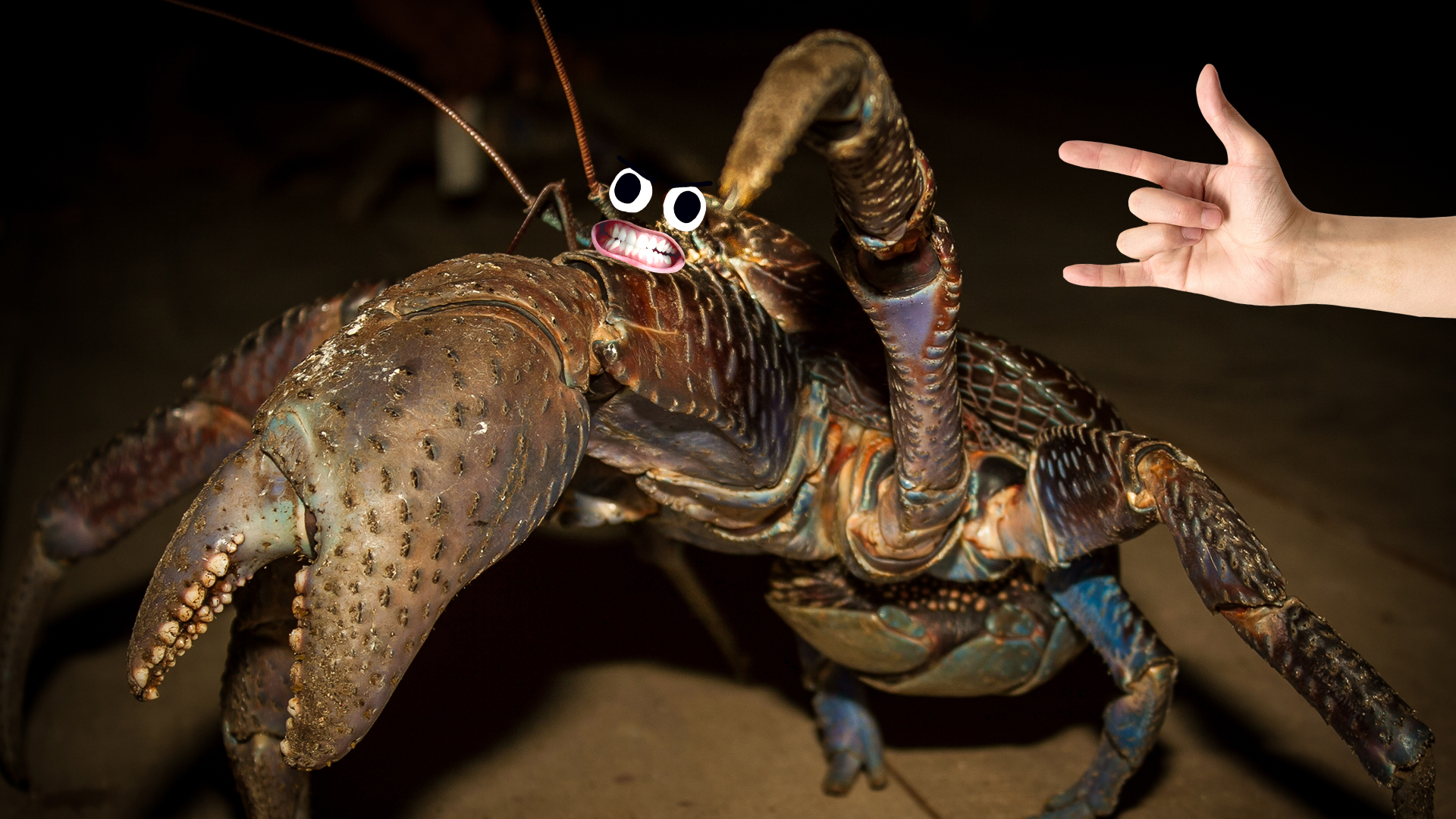
...The coconut crab! This crab lives on tropical islands in the Indian Ocean, and is the biggest crab on land (the Japanese spider crab stays in the sea). It's shell is unbelievably strong, thanks to some very clever evolution. It's shell is so strong that people are looking into copying it's structure to make next generation bullet proof vests. But that's not all that's tough about the coconut crab - it's crushing claws have the strongest pinch in the animal kingdom, strong enough to break a human thigh bone!
6. But don't worry! Crabs are (mostly) harmless
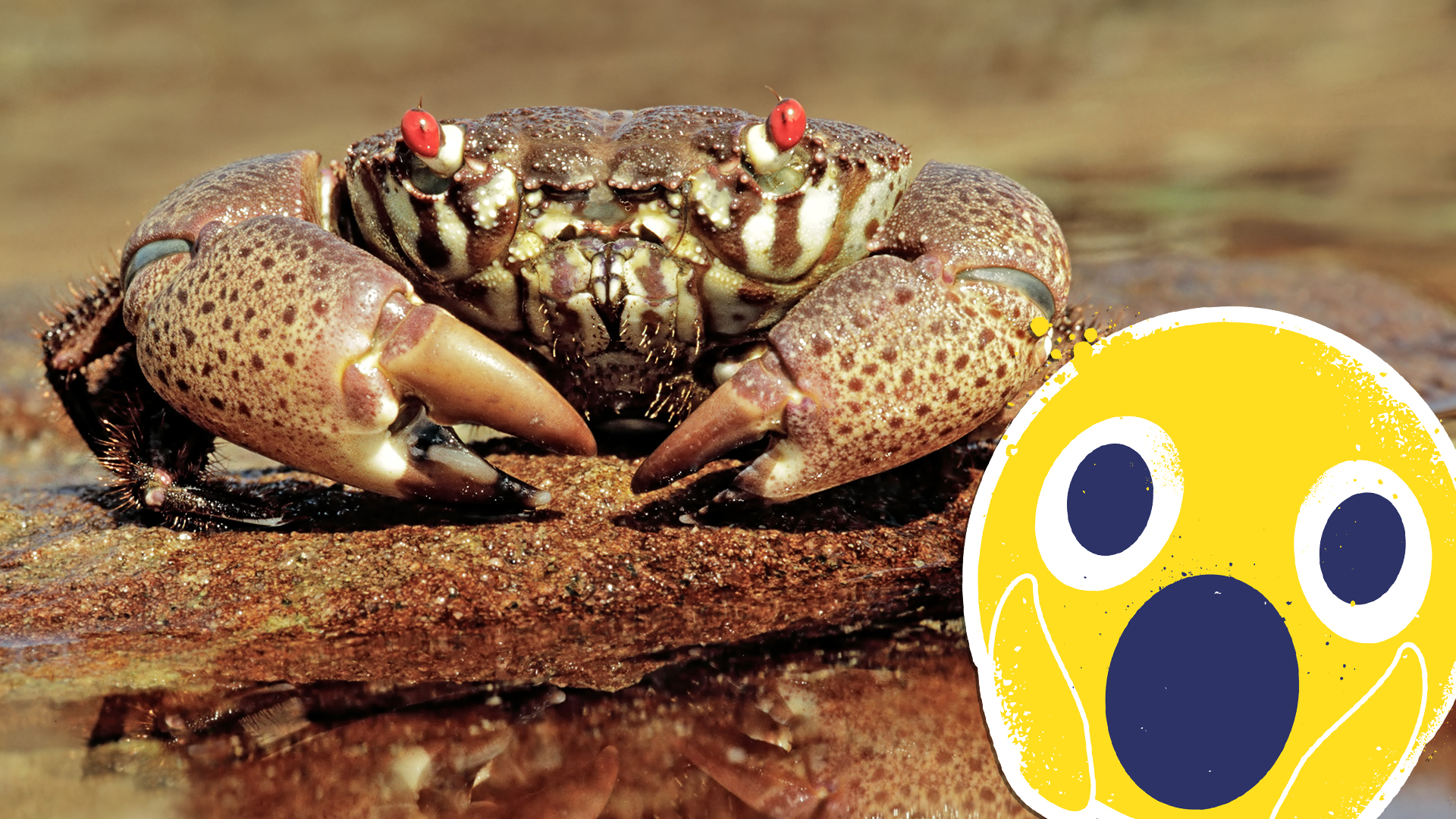
Crabs have evolved to be tough - they're basically tanks. But despite all this, they are absolutely no danger to humans. In fact, as with most things we're much more of a danger to them than they are to us. The one exception to this is maybe crabs in the Xanthid group. These brightly coloured crabs from Southeast Asia and Northern Australia produce an incredibly dangerous type of toxin - and even a tiny amount of it can kill an adult human. So steer well clear of those ones!
7. Some crabs aren't crabs

We mentioned the horseshoe crab earlier... well, this strange animal technically isn't even a crab! It's from the order Xiphosurid, and is closer related to spiders. The reason they look so weird is because they're really really old. They evolved before the dinosaurs and did such a good job at surviving that they've stayed the same ever since. Because if it ain't broke - don't fix it!
8. There's even a Crab Museum you can visit!

If you want to learn even more about crabs, you can check out Europe's only museum dedicated to our decapod friends. Crab Museum in Margate, Kent combines cutting edge crabology* with an interactive microscope and bad jokes about woodlice. We're not 100% sure it's a real place - but if it is it looks like a great day out! Look it up, crab fans!
*Crabology isn't a real word. Or is it..?
9. Crabs are related to insects
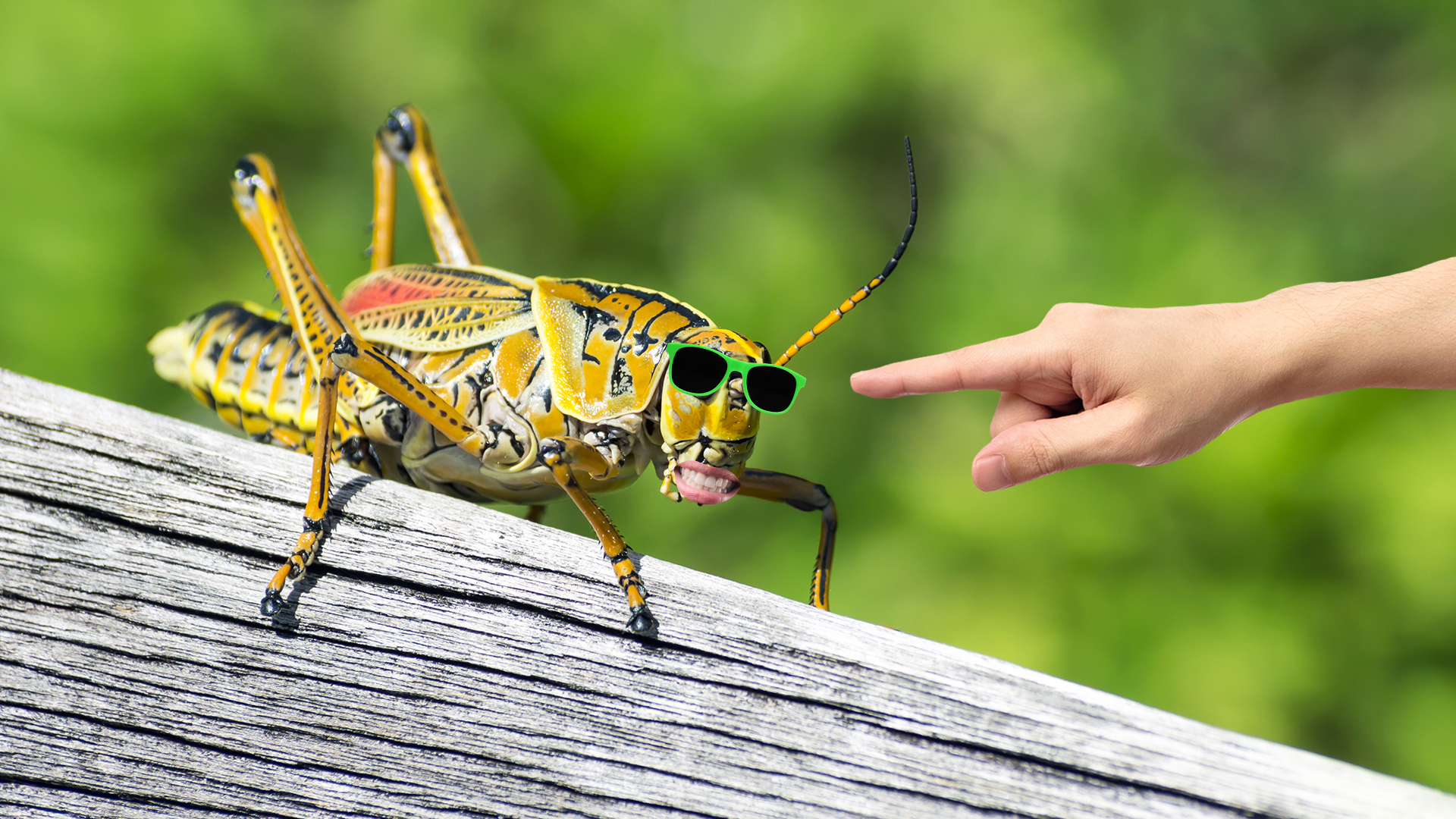
To explain how all these creatures are related, it's worth saying that spiders, crabs, horsehoe crabs and insects are all arthropods. That means they're all in the same big group of animals - like mammals, but even bigger than that. So just like we have some things in common with dolphins and hamsters, so too do crabs share things with butterflies, spiders and other creeping things.
10. Crabs are made out of the same stuff as mushrooms

Crabs are made out of chitin (pronounced kai-tin) an amazing material that can be soft and squishy or rock hard, depending on what the animal needs. Insects are also made out of this - and so are mushrooms! Chitin is really amazing stuff because it can be used for some many different things. Scientists are even working on making eco-friendly batteries out of chitin. Amazing!
11. Not all crabs walk sideways
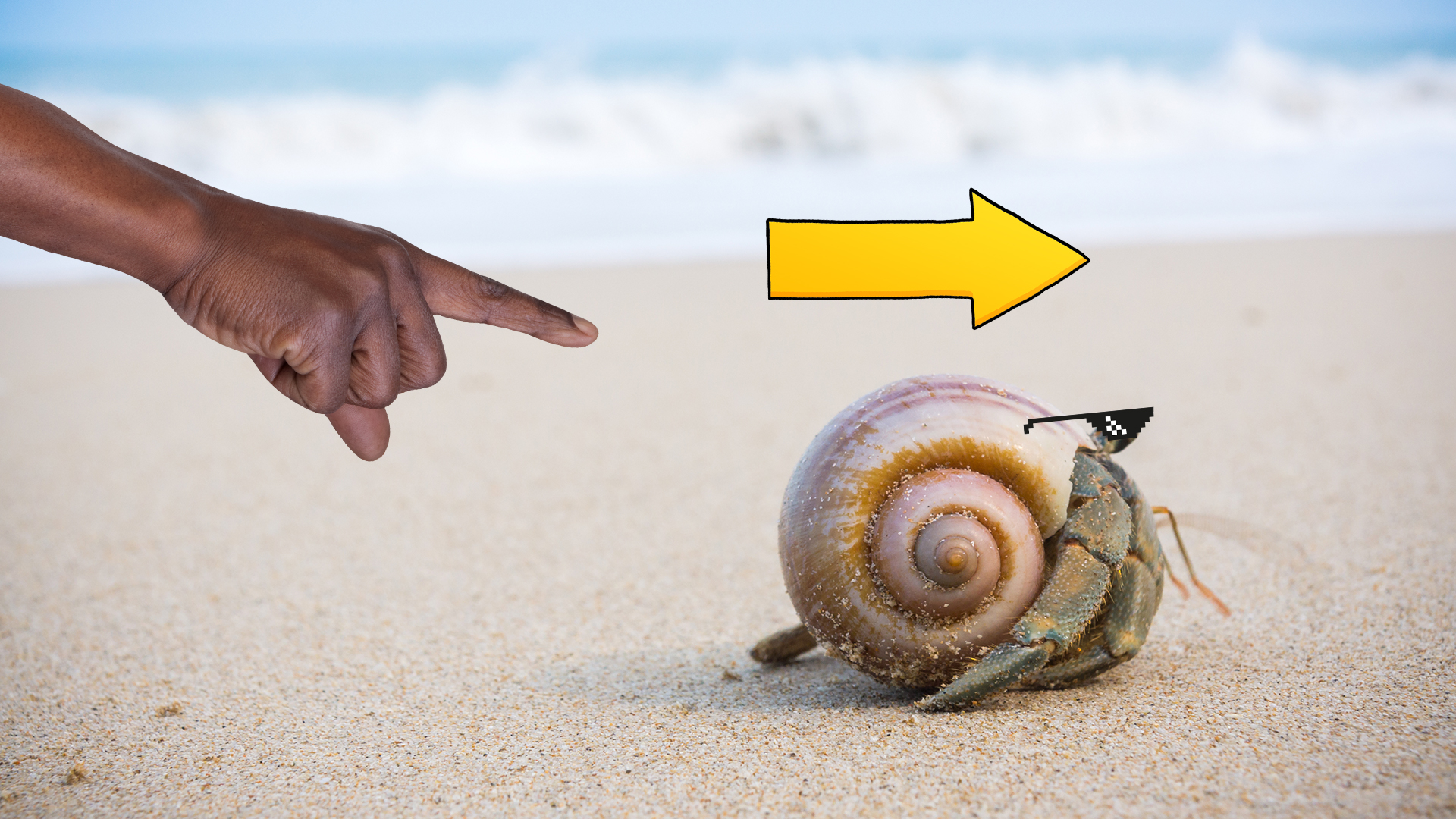
Crabs are famous for walking sideways, and whilst lots of them do - they definitely don't all do it. Like all animals, crabs just do what's most efficient for them. And for crabs that aren't super wide, it just makes more sense to walk forwards.
12. Crabs are masters of disguise
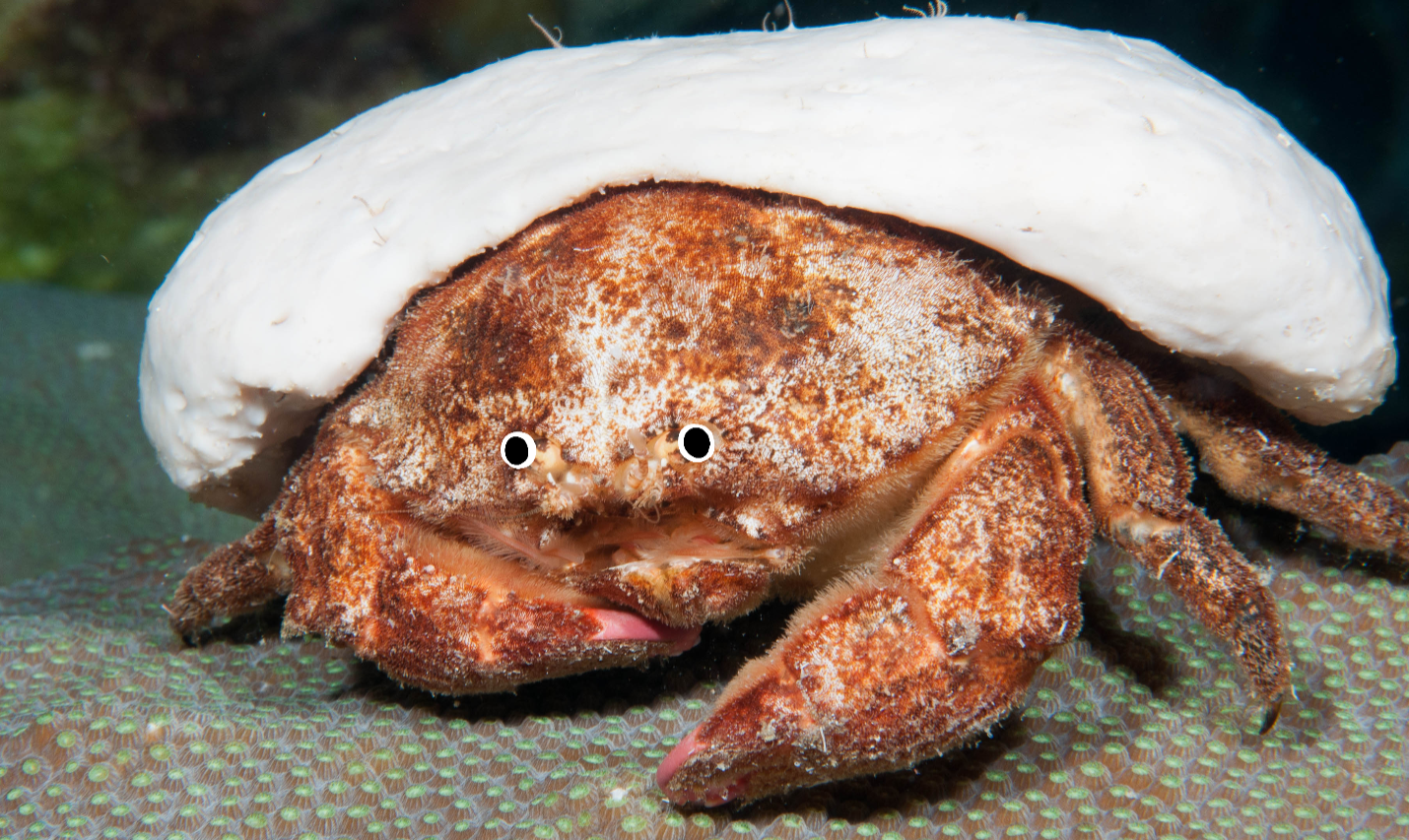
Crabs evolved with camoflage in mind. Many have complex patterns on their shells that help them hide in whatever environment they like to live in. But some crabs go even further! Decorator crabs will chop up chunks of coral and seaweed and make a disguise out of it. And the Sponge Hat Wearing Crab (that is it's real name) will balance big bits of sea sponge on top of it's shell. Classy!
13. Crabs are smarter than you might think
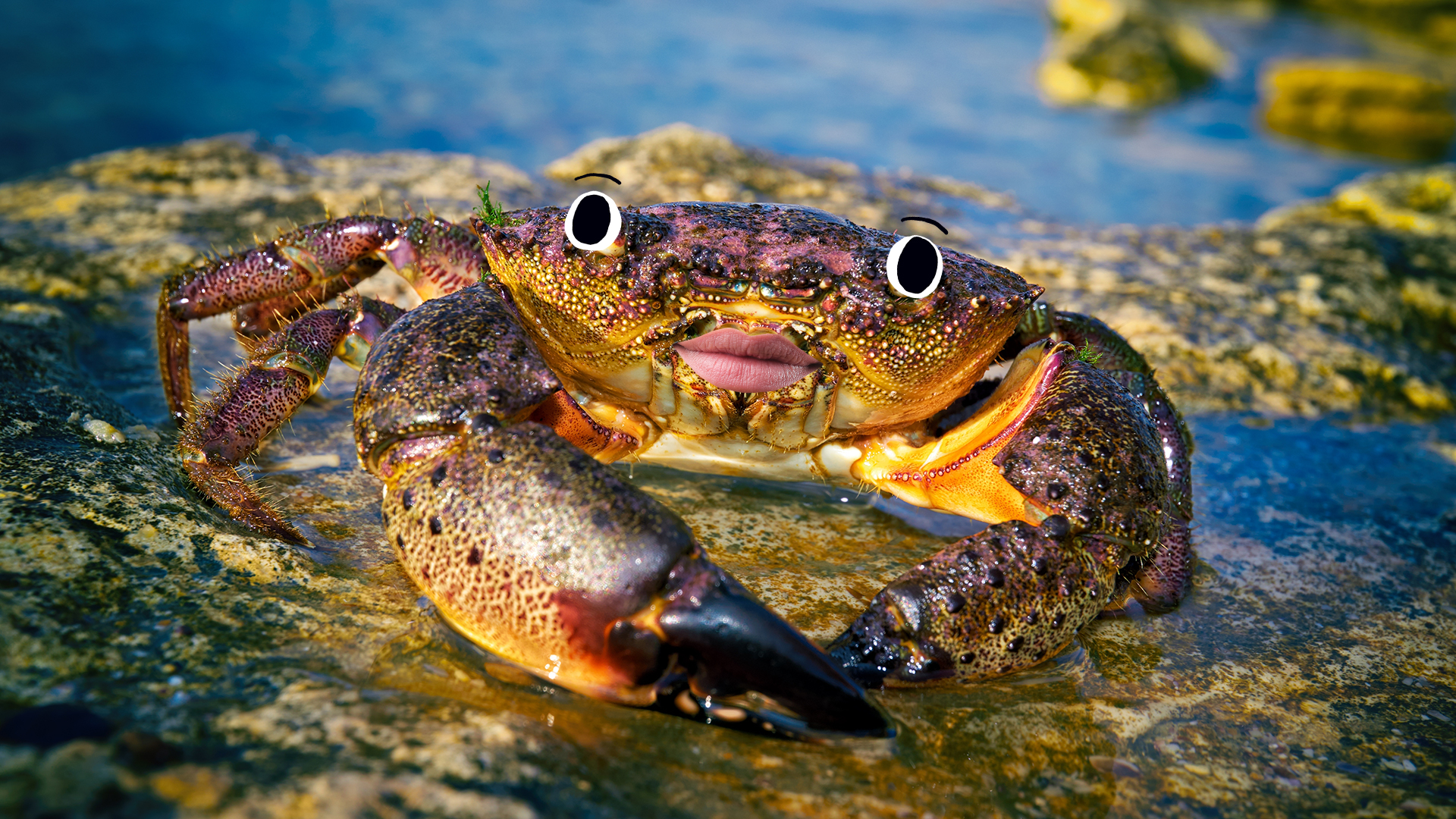
Crabs are often overlooked animals, but when you actually study them you'll find they're capable of really amazing things. Some crabs use tools, like the Boxer crab which wields a poisonous anemone as a weapon. Other crabs can make their way through complex mazes, and even remember the route up to 2 weeks later. Many scientists doubt that crabs are intelligent - but what if they are? And maybe it's just our idea of intelligence that's wrong?
14. Crabs are really important
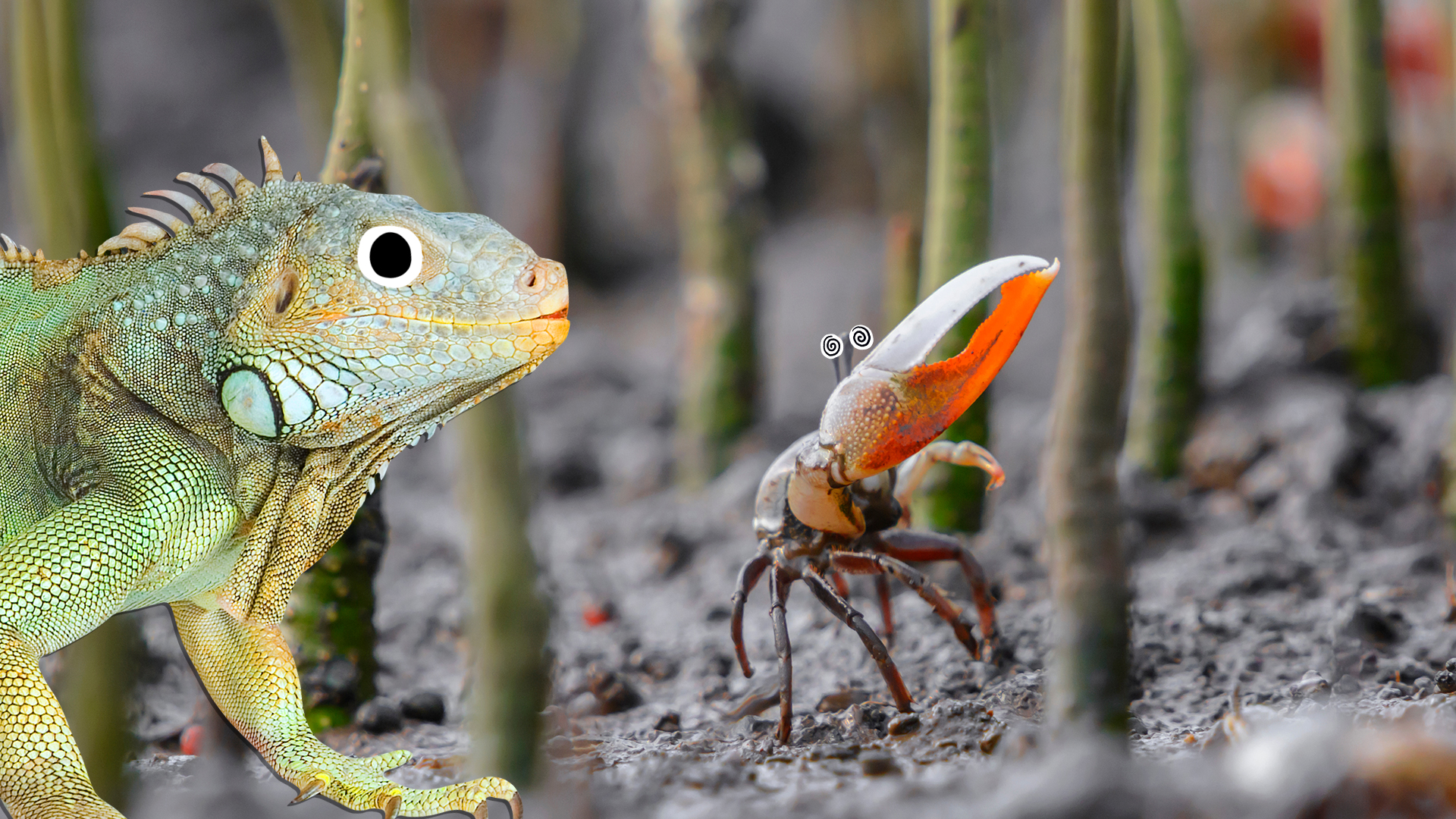
Many crabs are what is known as a keystone species. This means that they do really important jobs in local ecosystems, and the ecosystem just wouldn't work properly without them. For example, mangrove crabs help clear debris in their local habitat, and allow the mangrove forests to thrive. They're also eaten by lots of predators too, who rely on them for their survival. So any time you damage a keystone species, you risk the whole ecosystem collapsing. And we need those ecosystems too!
15. Crabs need our help!
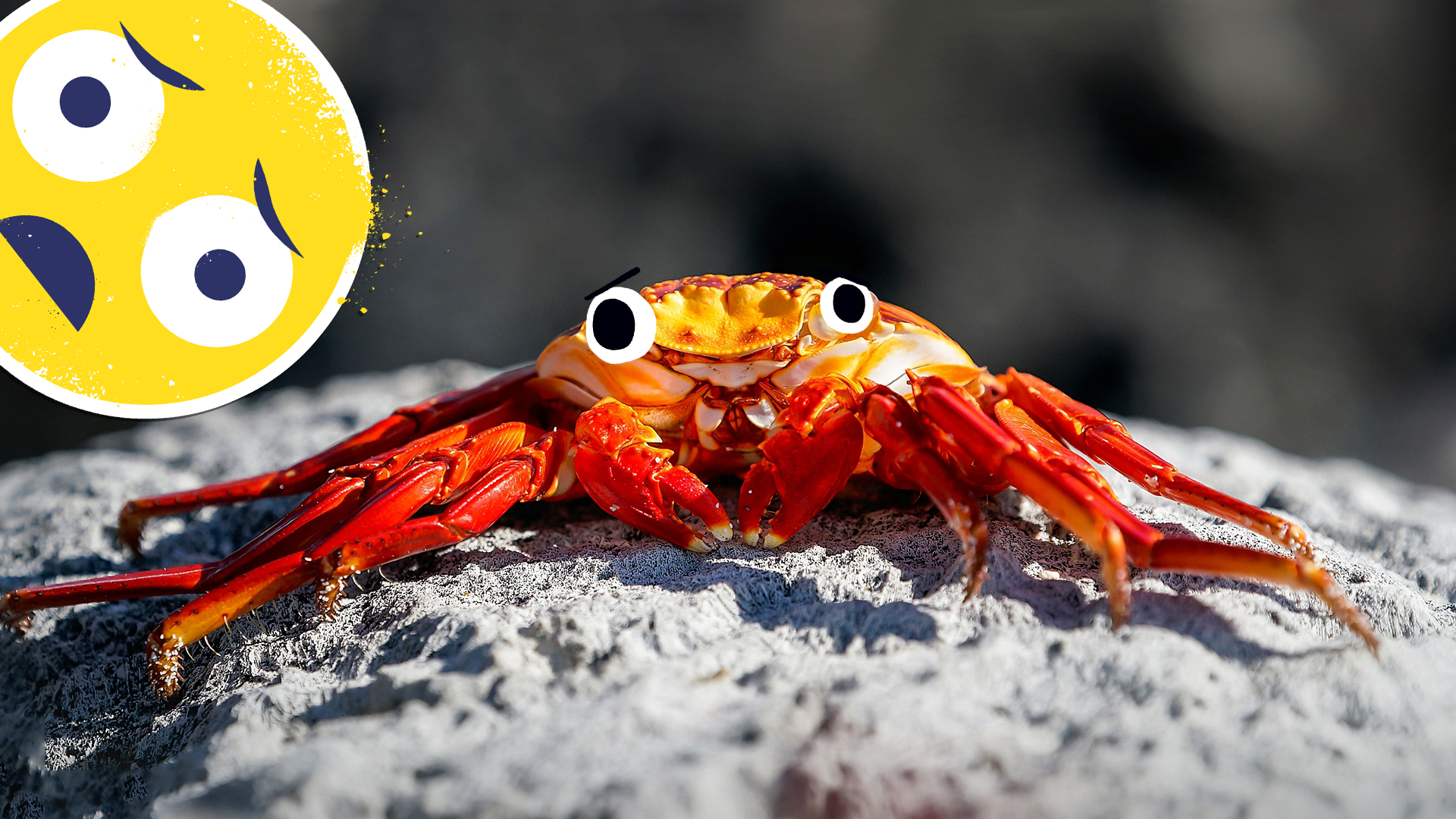
Crabs are already suffering from climate change. A warmer and more acidic ocean means that crabs shells are softer, affecting their life chances. And this is before we start talking about habitat loss, pollution and microplastics! Now climate change can be very depressing, but it's important to remember that there are still things we can and must do. And one of the best things you can do is learn about how nature really works - and crabs are a big part of that!















